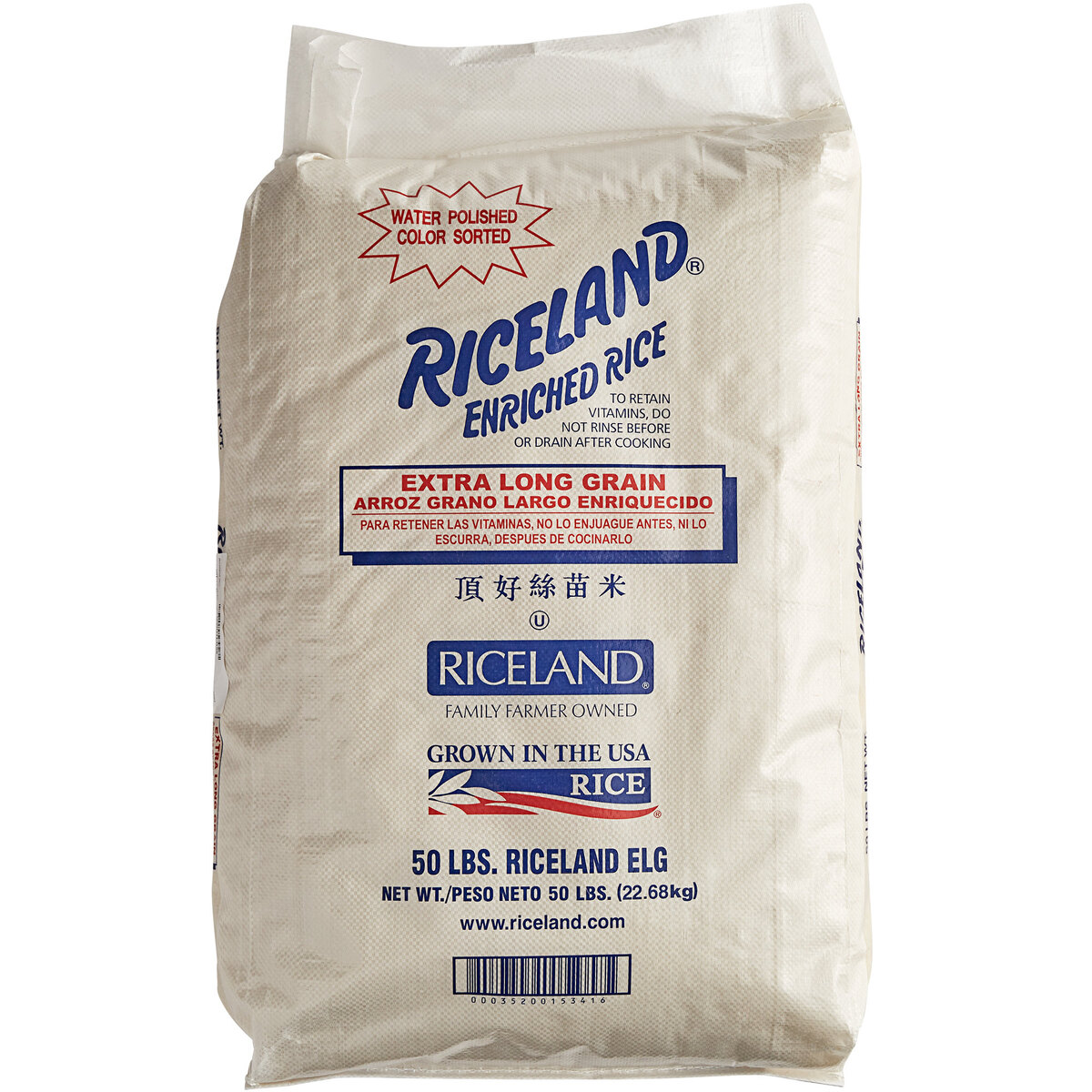

Articles
How To Store 50 Lbs Of Rice
Modified: March 25, 2024
Discover the best techniques and tips for properly storing and preserving 50 lbs of rice with our informative articles.
(Many of the links in this article redirect to a specific reviewed product. Your purchase of these products through affiliate links helps to generate commission for Storables.com, at no extra cost. Learn more)
Introduction
Storing a large amount of rice can be a wise decision, whether you’re preparing for emergencies or simply looking to save money by buying in bulk. Rice is a staple food that has a long shelf life if stored properly, making it an ideal choice for long-term storage.
However, storing 50 lbs of rice requires proper planning and the right storage techniques to ensure its freshness and quality over time. In this article, we will guide you on how to store 50 lbs of rice effectively, so you can have a steady supply of this versatile grain for months or even years to come.
Before diving into the storage process, it’s important to understand the significance of choosing the right container. The container you use will play a crucial role in maintaining the rice’s freshness and protecting it from pests and moisture. Let’s explore the options in the next section.
Key Takeaways:
- Properly storing 50 lbs of rice involves choosing airtight, durable containers, preparing the rice by cleaning and drying it, and storing it in a cool, dark place to maintain its quality and freshness.
- To make the most of stored rice, plan meals ahead, experiment with new recipes, and consider sharing excess rice with others to avoid waste. Implementing these tips ensures efficient use of this versatile staple.
Read more: How To Store 25 Lbs Of Flour
Choosing the Right Container
Selecting the proper container is essential to prevent moisture, pests, and contaminants from affecting your stored rice. Here are a few factors to consider when choosing the right container:
- Airtight: Look for containers that have a tight seal to prevent air and moisture from entering. This will help maintain the freshness and quality of the rice for a longer period. Airtight containers also prevent pests from infesting the rice.
- Durable: Opt for containers made of sturdy materials that can withstand the weight of 50 lbs of rice without breaking or cracking. Plastic, glass, or food-grade buckets with lids are popular choices for rice storage.
- Transparency: Consider containers that are transparent or have transparent panels so you can easily see the rice inside without opening the container. This will help you monitor the quantity and quality of the stored rice without exposing it to air.
- Size: Choose a container that is large enough to accommodate 50 lbs of rice comfortably. It’s important to leave some headspace in the container to allow for movement and prevent the rice from becoming compacted.
- Labeling: Ensure that the container has a space for labeling or use a labeling system that allows you to easily identify the type and date of the rice stored. This will help you rotate your rice stock and maintain a proper inventory.
Once you have selected the right container, it’s time to prepare the rice for storage. The next section will guide you through the necessary steps.
Preparing the Rice for Storage
Before storing rice, it’s essential to take a few steps to ensure its quality and longevity. Here’s a guide on how to prepare the rice for storage:
- Clean the Rice: Start by inspecting the rice and removing any debris, such as stones or husks. Rinse the rice thoroughly under running water to remove any dust or impurities.
- Drying the Rice: To prevent moisture buildup, ensure that the rice is completely dry before storing it. Spread the rinsed rice in a single layer on a clean, dry surface and let it air dry for a few hours. Alternatively, you can use a food dehydrator to speed up the drying process.
- Consider Parboiling: Parboiling the rice can help extend its shelf life. Parboiling involves partially cooking the rice before drying it. This process helps remove any remaining impurities and makes the rice more resistant to pests and mold.
- Use Oxygen Absorbers: To further preserve the freshness of the rice, consider using oxygen absorbers. These small packets absorb excess oxygen in the container, preventing oxidation and spoilage. Be sure to use the appropriate amount of oxygen absorbers based on the size and type of the container.
- Avoid Using Mylar Bags: While Mylar bags are commonly used for long-term food storage, they are not ideal for storing rice. Mylar bags are not airtight, and rice stored in them may be prone to moisture and pest damage. It’s best to stick to airtight containers mentioned earlier.
Now that you have properly prepared the rice, it’s time to store it in bulk. The next section will guide you through the bulk storage process.
Storing Rice in Bulk
Storing rice in bulk is an efficient way to ensure a long-lasting supply of this essential grain. Here are some steps to follow when storing rice in bulk:
- Divide into Smaller Portions: To make it easier to access and use the rice as needed, consider dividing the 50 lbs of rice into smaller portions. Use airtight containers or resealable bags to portion out the rice based on your consumption needs.
- Fill Containers Properly: When filling the storage containers or bags, leave some headspace to allow the rice to expand slightly if exposed to moisture. This will prevent the containers from bursting or the bags from tearing due to pressure or compacted rice.
- Seal the Containers: Ensure that the containers or bags are tightly sealed to prevent air and moisture from entering. Use the lids provided with the containers or seal the bags using heat-sealing or zip-lock methods. The goal is to create an airtight barrier.
- Store in a Cool, Dark Place: Find a cool and dark location to store the bulk rice. Avoid areas that are exposed to sunlight or fluctuating temperatures, as they can degrade the quality of the stored rice. Ideal storage locations include a pantry, basement, or a dedicated food storage area.
- Avoid Storing Near Strong Odors: Rice can absorb odors easily, so keep it away from strong-smelling substances like cleaning chemicals, spices, or other pungent foods. Ensure that the area where you store the rice is well-ventilated to prevent any odors from lingering.
By following these steps, you can maintain the quality and freshness of the rice while it is stored in bulk. However, if you’re looking for long-term storage solutions, the next section will provide further guidance.
Store 50 lbs of rice in a cool, dry place in a sealed container to prevent moisture and pests. Consider using airtight buckets or large food-grade storage bags.
Storing Rice for Long-Term
If you want to store rice for long-term use, taking extra precautions is necessary to ensure its quality and edibility even after an extended period. Here are some tips for storing rice for the long-term:
- Consider Mylar Bags with Oxygen Absorbers: While Mylar bags may not be recommended for short-term storage, they can be an effective option for long-term storage if used correctly. Place the rice in Mylar bags and add oxygen absorbers to remove any oxygen left in the bags. Seal the bags tightly with a heat sealer.
- Freeze the Rice: Freezing rice can significantly extend its shelf life. Before freezing, ensure that the rice is dry and pack it in airtight freezer bags or containers. Label the bags with the date and type of rice. When using frozen rice, allow it to thaw completely before cooking.
- Rotate the Stock: To maintain the freshness of the rice, practice stock rotation. When adding new stock, use the older rice first. This ensures that you always consume the older rice before it reaches its expiration date, while replenishing your stock with fresh batches.
- Store in a Temperature- and Humidity-Controlled Environment: Rice is best stored in a cool, dry, and dark place. Ideally, the temperature should be below 70°F (21°C) with a humidity level below 15%. Avoid storing rice in areas susceptible to extreme temperature fluctuations or high humidity levels.
- Regularly Inspect and Monitor: Check on your stored rice periodically to ensure there are no signs of moisture, pests, or spoilage. If you discover any issues, take immediate action to rectify the problem and maintain the quality of your stored rice.
By following these guidelines, you can store rice for long periods, ensuring that it remains safe and edible for future use. However, it’s essential to continue monitoring and maintaining the rice’s quality over time, as discussed in the next section.
Read more: How To Store 25 Lbs Of Rice
Monitoring and Maintaining Rice Quality
Proper monitoring and maintenance are key to ensuring the quality and longevity of stored rice. Here are some tips for effectively monitoring and maintaining the quality of your rice:
- Regularly Check for Signs of Spoilage: Periodically inspect your stored rice for any signs of spoilage, including mold growth, off-smells, or discoloration. If you notice any of these signs, discard the affected portion immediately to prevent further contamination.
- Keep Pests at Bay: Pests such as insects or rodents can be a common issue when storing rice. Place pest deterrents, such as bay leaves, cinnamon sticks, or peppermint sachets, near the stored rice to help repel pests. Regularly check for any signs of pest activity and take appropriate measures if necessary.
- Prevent Temperature Fluctuations: Maintain a consistent storage temperature to prevent fluctuations that could impact the rice’s quality. Avoid storing rice near heat sources or areas prone to temperature changes, as this can lead to moisture buildup or spoilage.
- Ensure Proper Ventilation: Proper airflow is crucial for maintaining the quality of stored rice. Ensure that the storage area has adequate ventilation to minimize the risk of moisture buildup and the development of mold or mildew.
- Check the Containers Regularly: Routinely inspect the containers or bags in which the rice is stored. Look for any signs of damage, such as cracks or openings, that may compromise the rice’s freshness. If you notice any issues, transfer the rice to a new airtight container immediately.
- Practice First-In, First-Out (FIFO) Method: To ensure the consumption of the oldest rice first, practice the FIFO method. Place newly purchased rice at the back of the storage area and use from the front, ensuring that older rice is utilized before it reaches its expiration date.
By actively monitoring and maintaining the quality of your stored rice, you can enjoy its freshness and nutritional value over an extended period. Now, let’s move on to some tips on how to use the stored rice effectively.
Tips for Using Stored Rice
Stored rice can be a versatile and convenient ingredient for a wide variety of meals. Here are some tips for effectively using your stored rice:
- Plan Your Meals: Have a meal plan in place to ensure that you utilize the stored rice efficiently. Consider incorporating rice into your weekly menu, whether it’s as a side dish, in stir-fries, casseroles, or even desserts.
- Experiment with Different Recipes: Don’t be afraid to try new recipes and get creative with your stored rice. Explore various cuisines that heavily feature rice, such as Asian, Indian, Mexican, or Mediterranean dishes, to add variety and flavor to your meals.
- Rehydrate Dehydrated Rice: If you have stored dehydrated rice for long-term use, remember to rehydrate it properly before cooking. Follow the package instructions for rehydration or soak it in water for a specified period to restore its texture and taste.
- Use Rice in Casseroles and One-Pot Meals: Rice is a great addition to casseroles and one-pot meals. It can add texture, bulk, and help absorb flavors. Consider dishes like rice and vegetable casserole, chicken and rice bake, or even rice-based soups and stews.
- Make Rice Flour: If you have a grain mill or a high-powered blender, consider grinding some of your stored rice into rice flour. This flour can be used in baking, as a thickening agent, or to make homemade rice noodles or pancakes.
- Share with Others: If you find that you have more stored rice than you can consume, consider sharing it with friends, family, or local food banks. Sharing your rice ensures it is put to good use and reduces the risk of it going to waste.
By implementing these tips, you can make the most out of your stored rice, enjoy delicious meals, and avoid any potential waste. Now, let’s wrap up what we’ve covered in this article.
Conclusion
Storing 50 lbs of rice may seem like a daunting task, but with the right techniques and considerations, you can ensure its freshness and quality for an extended period. By choosing the right container, preparing the rice properly, and implementing effective storage methods, you can have a steady supply of rice for emergencies or everyday use.
Remember to select airtight containers, clean and dry the rice before storage, and consider using oxygen absorbers for optimal freshness. Dividing the rice into smaller portions and storing them in a cool, dark place will make it easier to access and maintain the quality of the rice over time.
For long-term storage, you can explore options such as using Mylar bags with oxygen absorbers or freezing the rice in airtight containers or bags. Regularly monitor and inspect the rice for any signs of spoilage or pests, and take necessary measures to maintain its quality.
When it comes to using stored rice, plan your meals ahead, try new recipes, and make the most out of this versatile ingredient. Don’t forget to practice the FIFO method and share excess rice with others to avoid any waste.
In conclusion, by following these guidelines for storing and utilizing your 50 lbs of rice, you can ensure a steady supply of this essential staple for your household. Whether for emergencies or everyday meals, having a well-stored and well-managed stock of rice will provide you with peace of mind and delicious dishes for years to come.
Frequently Asked Questions about How To Store 50 Lbs Of Rice
Was this page helpful?
At Storables.com, we guarantee accurate and reliable information. Our content, validated by Expert Board Contributors, is crafted following stringent Editorial Policies. We're committed to providing you with well-researched, expert-backed insights for all your informational needs.
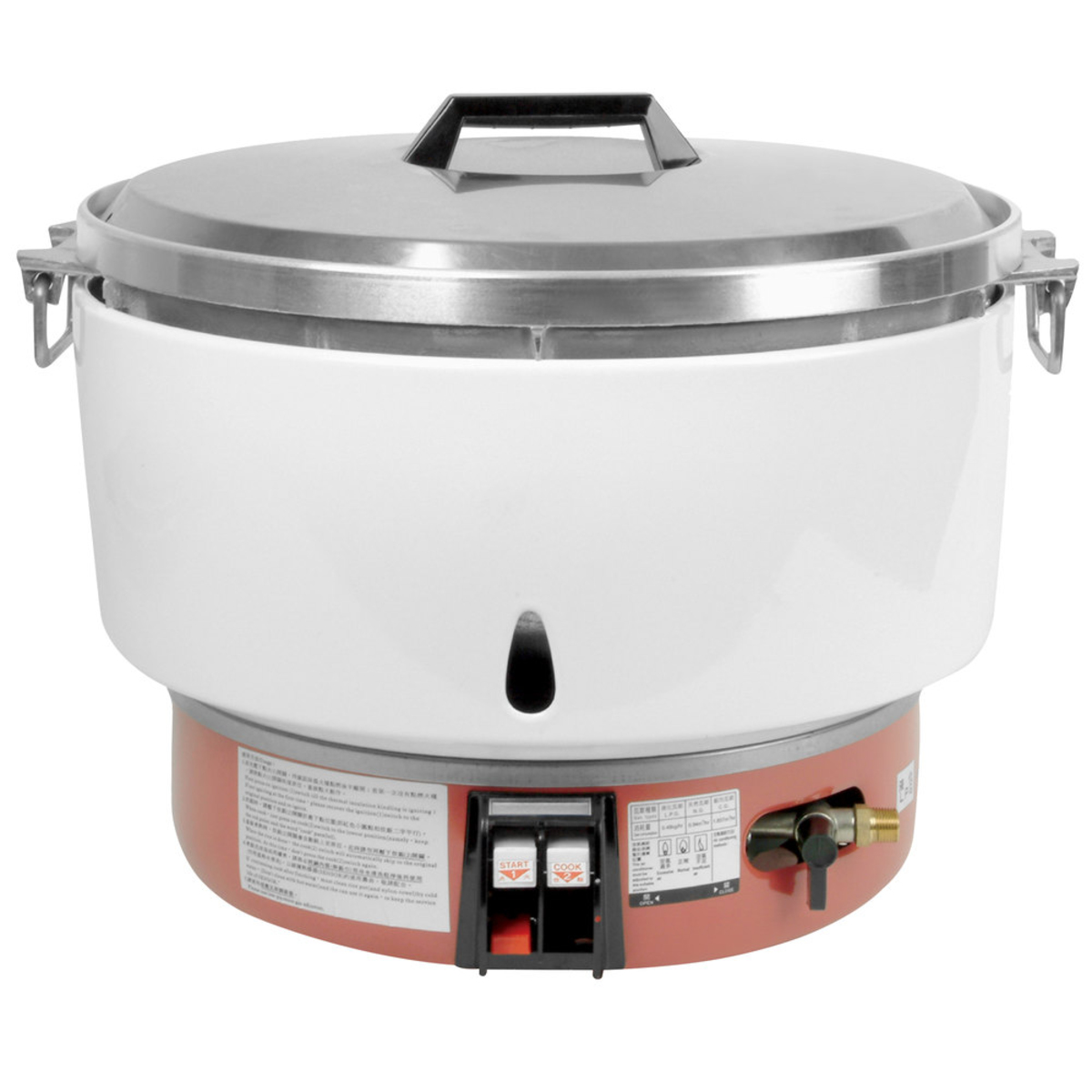
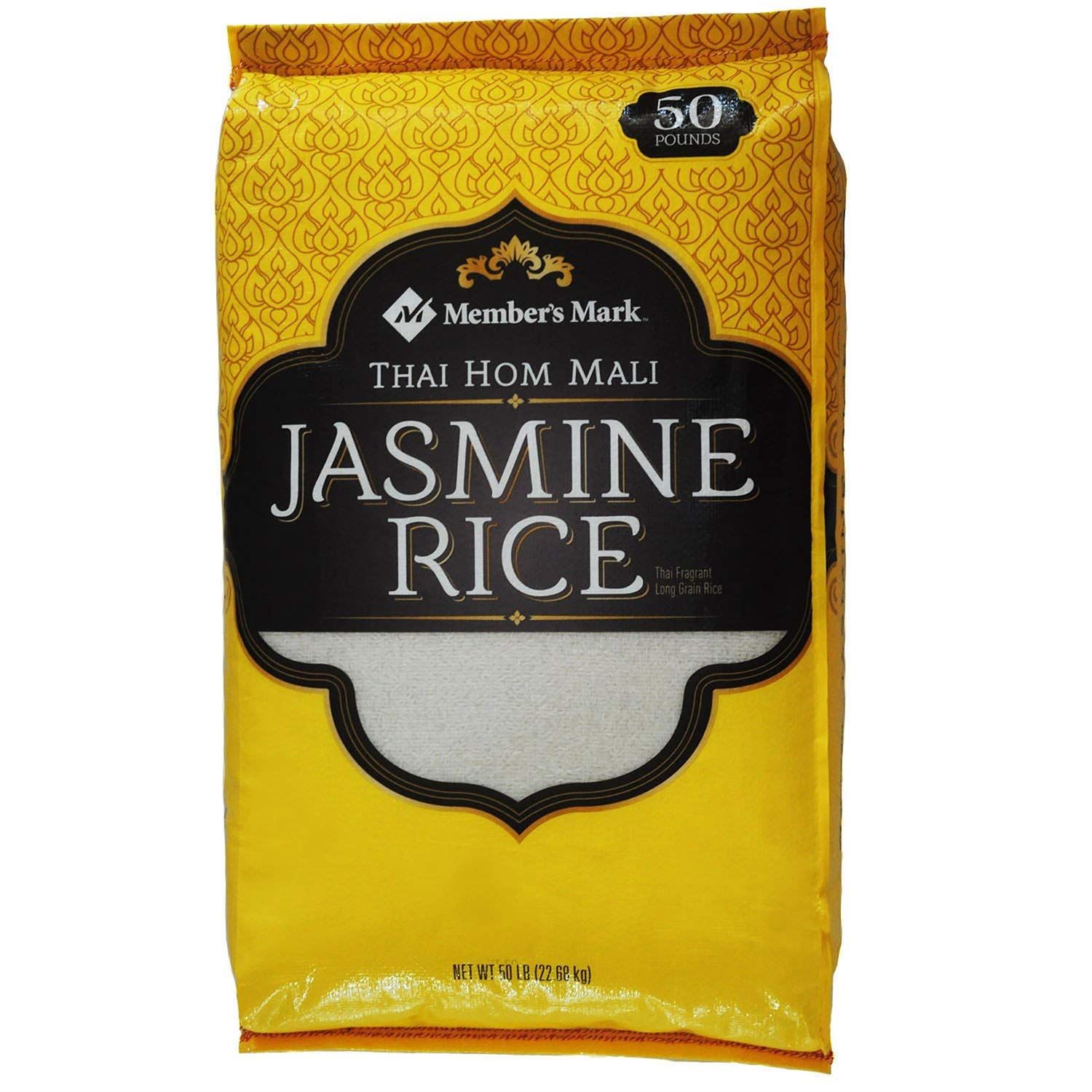
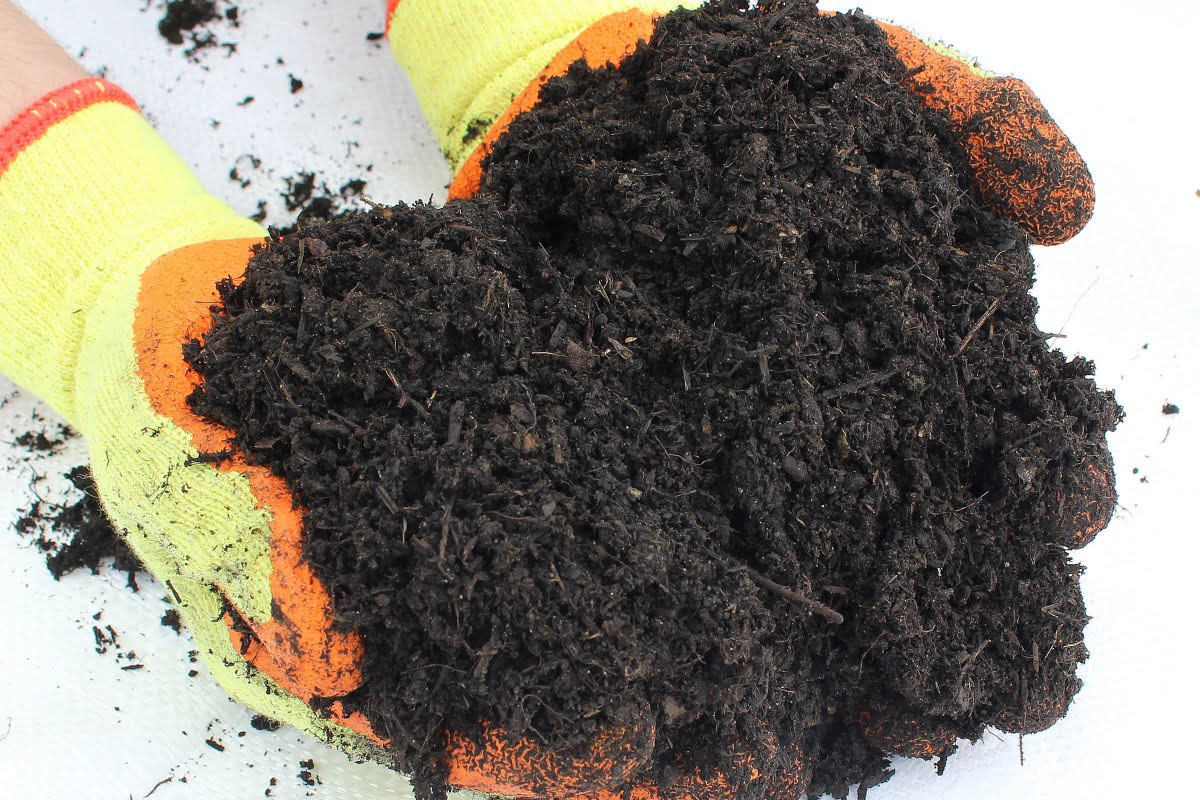
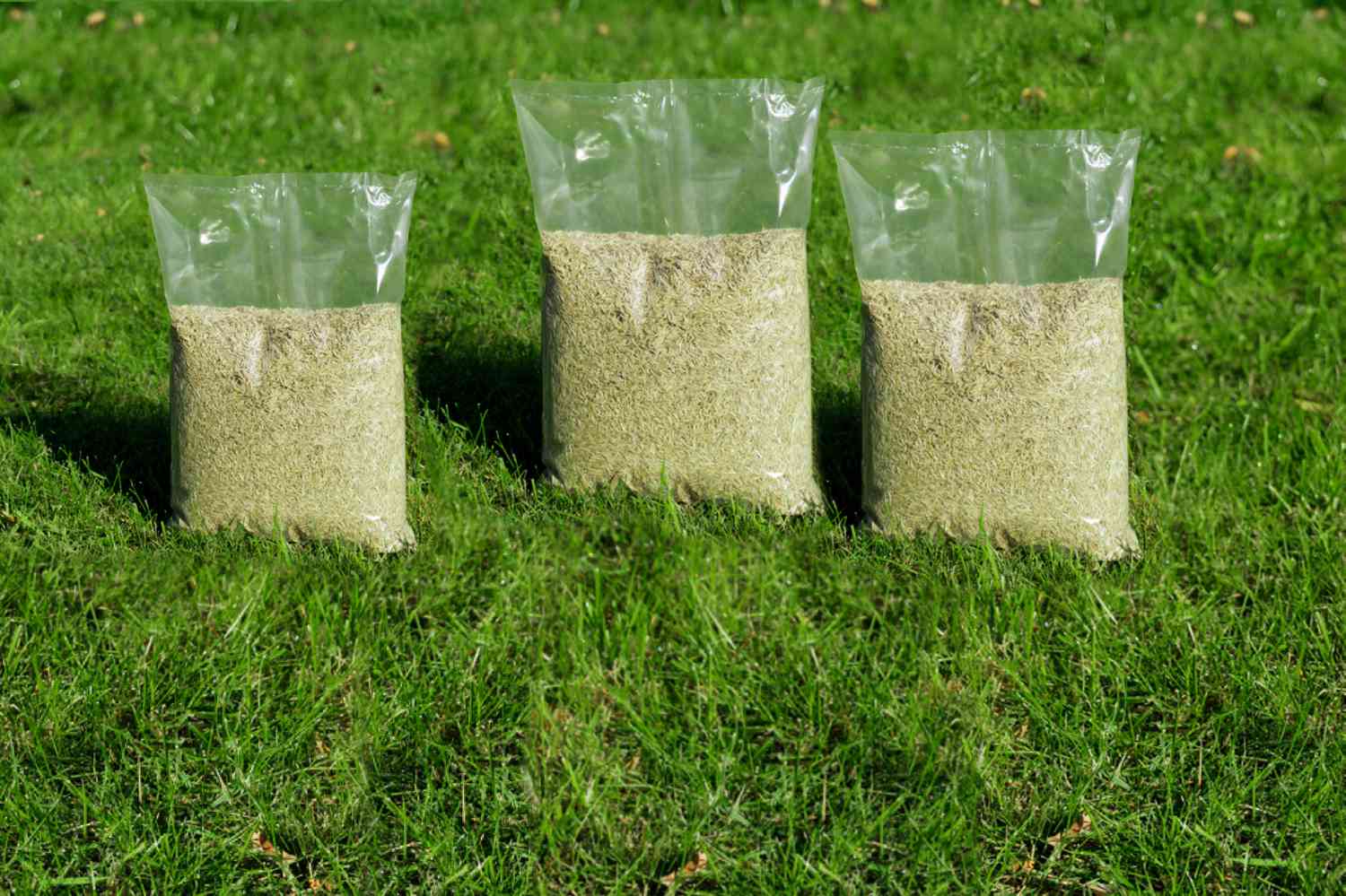









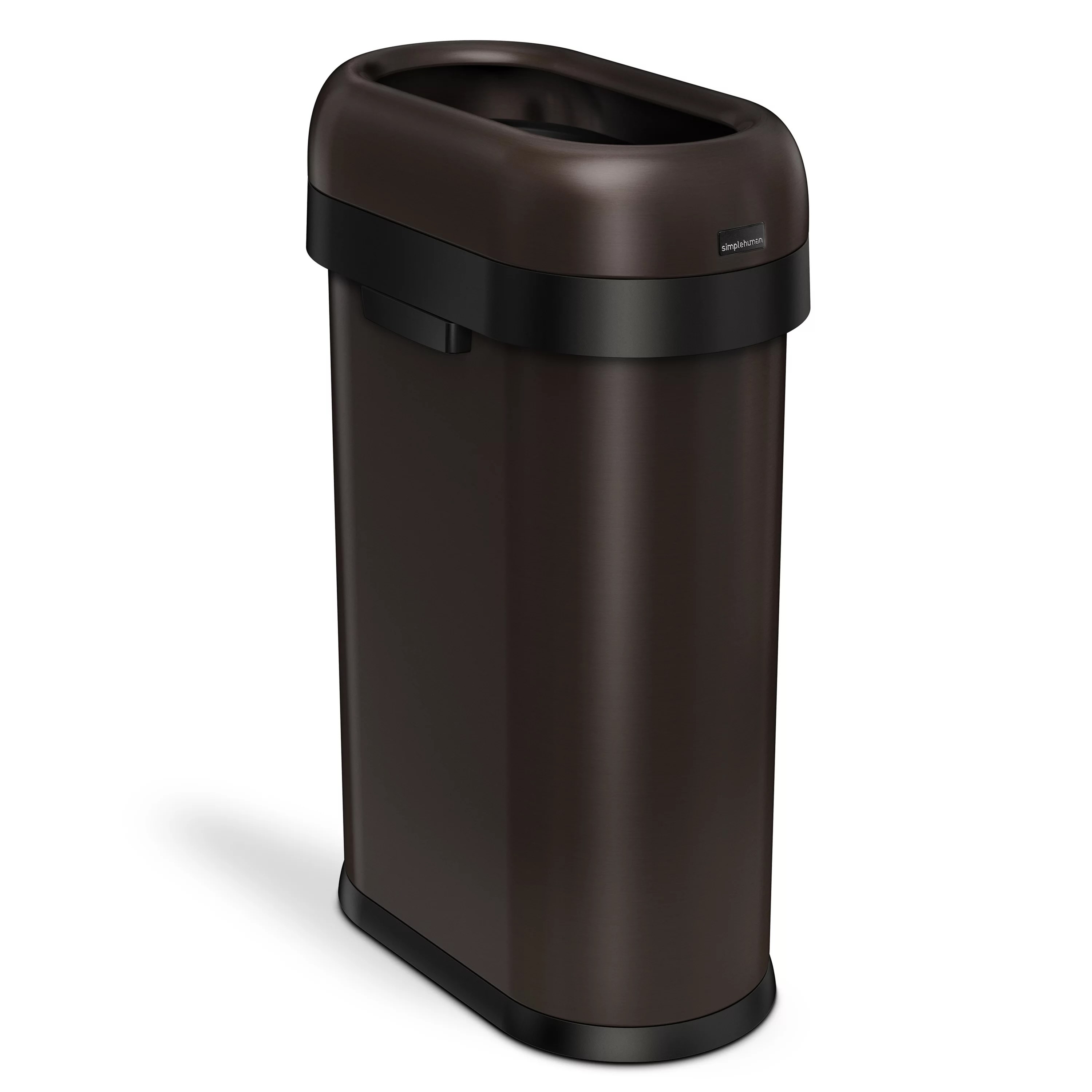

0 thoughts on “How To Store 50 Lbs Of Rice”